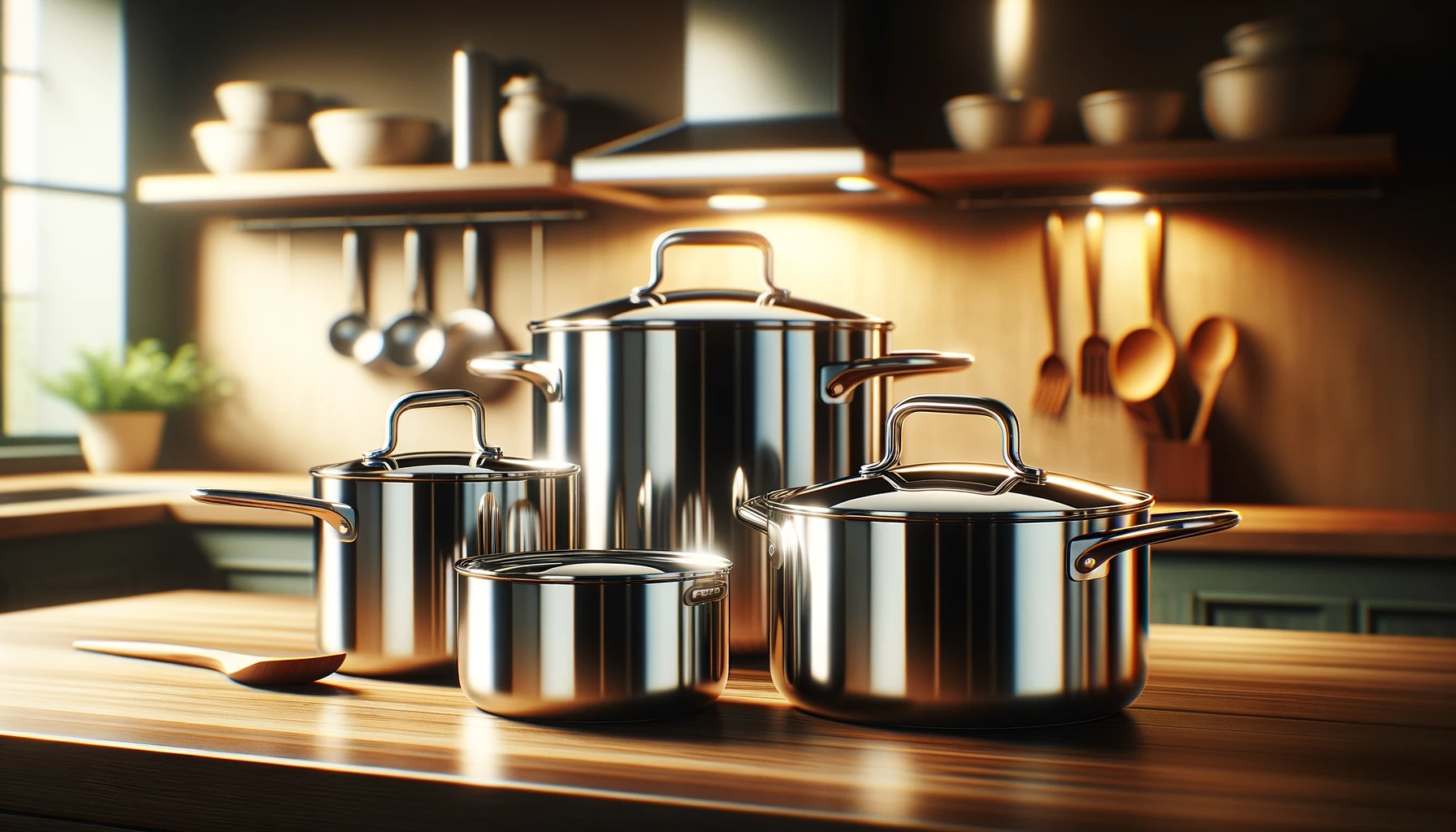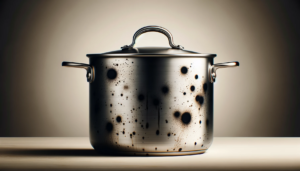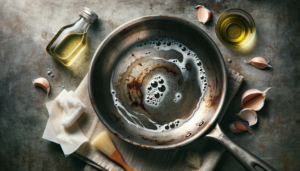Do your stainless steel pots and pans stick to your fridge magnets? If so, you may be wondering why…
Stainless steel cookware actually demonstrates mildly magnetic properties depending on the grade and composition.
While not nearly as magnetic as cast iron or carbon steel, the iron content in grades like 304 and 316 stainless steel creates weak magnetic attraction.
Let’s take a closer look at why stainless steel can be magnetic and if it impacts cooking…
Is Stainless Steel Cookware Magnetic?

Stainless steel pots and pans demonstrate mildly magnetic properties, typically attracting magnets weakly rather than strongly adhering.
Grades of stainless steel used for cookware contain iron as a primary element, which enables magnetic permeability.
But stainless is an alloy versus a pure metal, meaning other metals like chromium and nickel also impact chemical behaviors like magnetism.
The extent of magnetic attraction depends on exact stainless steel grade and composition.
But overall, expect stainless steel cookware to exhibit minor magnetism with strengths dependent on specific alloy chemistry.
We’ll explore the topic more fully throughout the article.
But in general – stainless steel is lightly magnetic.
What is Stainless Steel?

Stainless steel is a popular metal alloy that is most commonly composed of iron, chromium, nickel, molybdenum, carbon and various other elements.
The exact stainless steel formulation will vary depending on the grade and intended use.
By adding certain alloying elements to iron, scientists in the early 20th century discovered that it was possible to create a steel product that was highly resistant to staining, rusting and corrosion.
This unique property is what led to the material being named as “stainless steel”.
Today, stainless steel is used extensively in everything from kitchenware to appliances, construction materials and automotive parts.
Its strength, aesthetic appeal, longevity and ease of cleaning and maintenance make it a ubiquitous metal product.
When it comes to stainless steel cookware, some of the most common grades used are 304 and 316 stainless steel.
The 300 series refer to the austenitic grades of stainless steel, which means that their iron-chromium-nickel content and crystalline structure make them non-magnetic.
However, the iron content does allow them to be weakly attracted to magnets.
Higher nickel and chromium content, such as in 316 stainless, further reduces magnetic permeability.
There are also 400-series ferritic and martensitic stainless steel grades used for some cookware, which have higher iron contents.
This makes them strongly attracted to magnets.
Types of Stainless Steel for Cookware
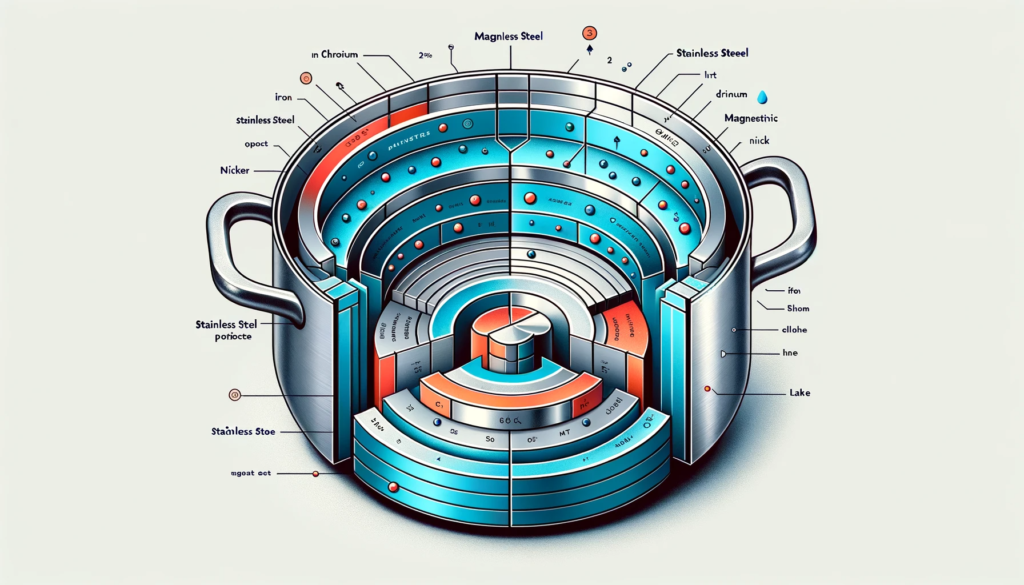
As mentioned above, the most common types of stainless steel used for pots, pans and other types of cookware are 304 stainless steel and 316 stainless steel.
304 stainless steel contains approximately 18% chromium and 8% nickel.
The nickel content gives it more corrosion resistance than 302 stainless steel, which only has around 2% nickel.
316 stainless steel contains even more nickel at 10-14%, along with 2-3% molybdenum for heightened corrosion resistance.
This makes 316 the second most commonly used stainless steel for cookware, after 304.
With 304 stainless steel’s iron content hovering right around 50-60%, it demonstrate moderate magnetic attraction.
316 stainless steel typically has lower permeability and magnetism, given it’s non-ferritic structure and additional nickel and molybdenum content.
But still, 316 stainless will exhibit some magnetic properties.
There are also 400 series stainless steels used for some cookware pieces.
Ferritic 410 and 430 stainless steels have more iron and less chromium, making them highly magnetic.
Martensitic stainless steels can be hardened and strengthened through heat treatment, but their higher iron formulation also increases magnetic permeability.
So which stainless steel type is used will impact the magnetism levels.
Still, most stainless steel cookware relies on the 300 series austenitic stainless grades.
Is Stainless Steel Cookware Magnetic?

Whether stainless steel pots, pans and other cookware items are magnetic depends greatly on the exact steel formulation used.
Given that 304 stainless is the most popular grade used for household cooking equipment, most stainless steel cookware on the market exhibits minor magnetism.
This means that while stainless steel pans and pots are not strongly magnetic like cast iron or carbon steel, most will at least attract an average refrigerator magnet weakly.
It’s easy enough to perform a magnet test on any stainless steel cookware to check it’s magnetic properties.
Simply grasp a typical refrigerator or craft magnet near the base, sides or lid of a stainless steel pot or pan.
Watch to see if the magnet adheres.
While likely not strongly, better quality stainless steel designed for cooking should demonstrate at least a minor magnetic attraction.
Lesser grades may not move the magnet at all.
Typically 316 stainless steel would fall into this less magnetic category based on its structure.
So in summary – the answer to “is stainless steel magnetic?” when it comes to cookware is yes…somewhat.
Stainless steel has varying magnetic levels depending on exact grade.
But standard 304 and 316 stainless pots and pans will be very weakly attracted to magnets but not adhere powerfully.
Why Some Grades of Stainless Steel are Magnetic
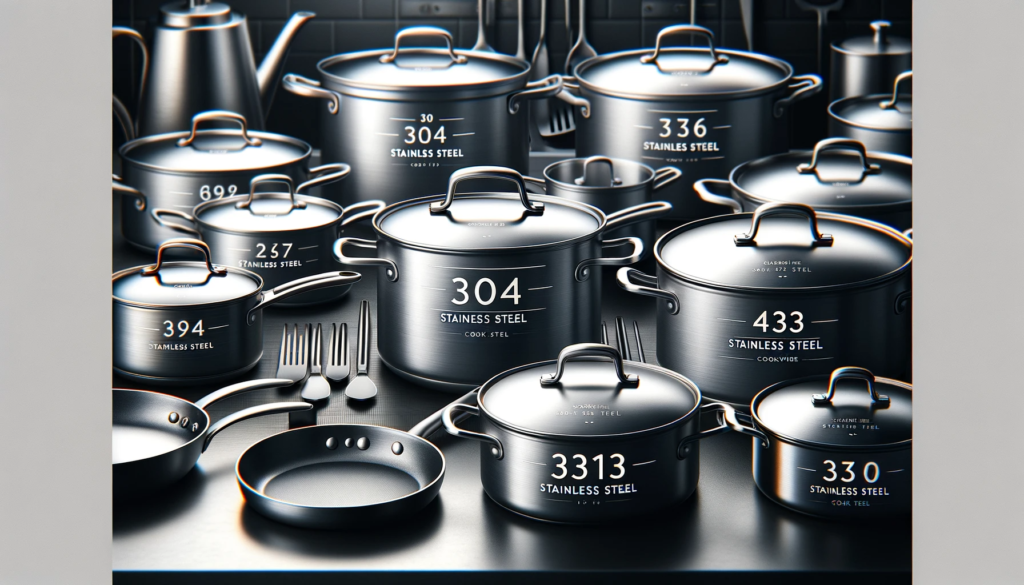
The reason stainless steel cookware exhibits even minor magnetism whereas other metals like aluminum and copper do not, lies in stainless steel’s iron content.
Iron is an elemental metal that allows magnetism to occur.
By arranging electrons in the outer orbits of iron atoms into spin states, these tiny structures called domains can create a magnetic field.
Alignment of these domains leads to magnetic properties in metals like iron and steel.
In pure iron, the magnetic domains easily spin into alignment, generating a strong magnetic field.
Adding other metals to iron dilutes these atom arrangements and restrict their mobility.
So in alloyed mixes like stainless steel, the chromium, nickel and other metals restrict domain alignment and reduce magnetism.
But it does not necessarily eliminate it.
Austenitic stainless steels are considered non-magnetic.
However, their typical 50%+ iron formulation still allows minor magnetic permeability – even with the chromium and nickel content interfering with domain alignments.
This explains why metals like 304 and 316 stainless steel demonstrate weaker magnetic attraction compared to metals like iron or ferritic stainless steel grades that have higher iron levels.
How Magnetism Impacts Cooking
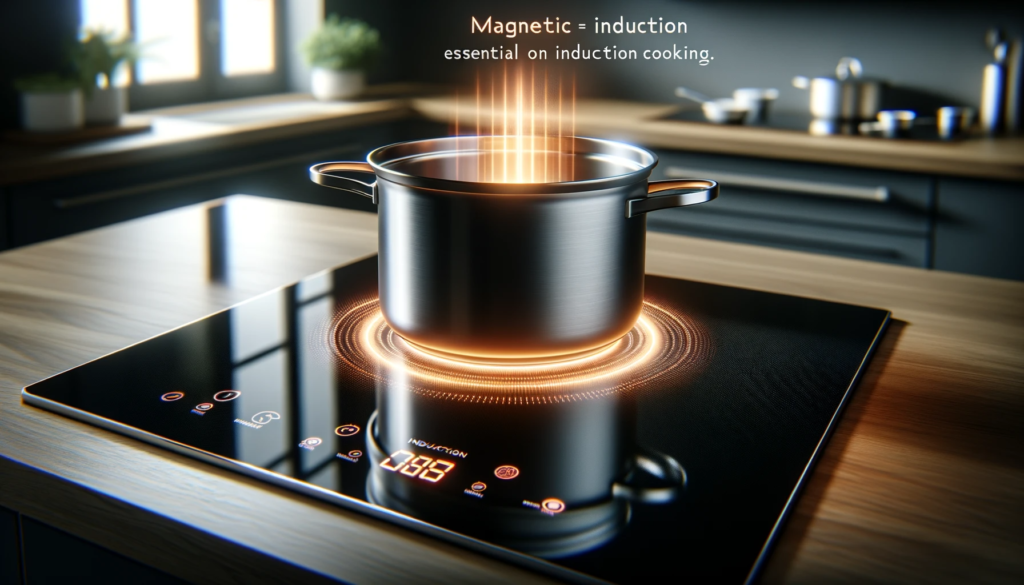
For most cooking purposes, the fact that stainless steel pots and pans demonstrate minor magnetic properties makes little real-world difference.
While cast iron or carbon steel may have stronger magnetic field attraction due to their pure iron contents, stainless steel delivers adequate magnetism for induction cooking compatibility.
Magnetic properties allow stainless steel cookware to generate induced electrical currents when placed on an induction stove or cooktop.
This enables efficient, rapid heating directly through the pan walls.
Whereas non-magnetic cookware like copper and aluminum cannot create inductive heating effects.
The fact that metals like 304 and 316 stainless steel attract magnets weakly does suggest they retain some domain alignment for generating localized magnetic fields.
In theory, this may perhaps allow very slightly more efficient and even heating.
But for general cooking tasks, stainless steel’s lower iron content and reduced magnetism versus other magnetic metals is not considered detrimental.
Conclusion
By reviewing stainless steel’s metallurgy and magnetic properties with regards to kitchen cookware, a few key takeaways stand out:
Stainless steel is an iron alloy, most commonly composed of 50%+ iron along with chromium, nickel and other metals depending on grade.
This iron gives stainless steel minor magnetic permeability.
However, the alloyed formulations mean grades like 304 and 316 stainless exhibit weaker magnetic attraction versus pure metals like iron or ferritic stainless steel.
Still, some minor magnetism remains.
When shopping for stainless steel pots and pans, expect most cookware to be mildly magnetic and attract magnets weakly due to this iron content.
But adhesion is not typically strong like cast iron.
While perhaps boosting induction efficiency slightly, stainless steel’s lower magnetism versus iron/steel has minimal impact on most cooking.
Performance remains high for all cooktops.
